1. Xeriscaped Lawns
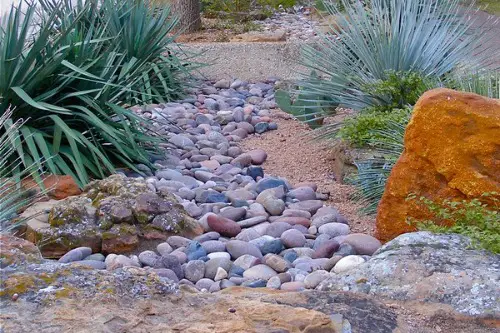
If you’ve gone all-in on xeriscaping with gravel, succulents, and drought-tolerant plants, it’s probably because you live somewhere dry—like Arizona or Nevada. This kind of landscaping thrives on minimal water and high sun exposure, so if you move somewhere rainy, like Oregon or Vermont, it could be a soggy disaster. Those gravel beds won’t drain the same way, and the plants may rot in consistently wet soil. You’d basically be swapping low-maintenance for total rework.
And let’s be honest: redoing a whole yard isn’t cheap or quick. Many homeowners forget how regionally specific xeriscaping is until they have to shovel it out. Plus, local ordinances or HOA rules in wetter states might even discourage gravel-heavy yards. What worked like a dream in the desert can become a landscaping liability elsewhere.
2. Tropical Plant Gardens
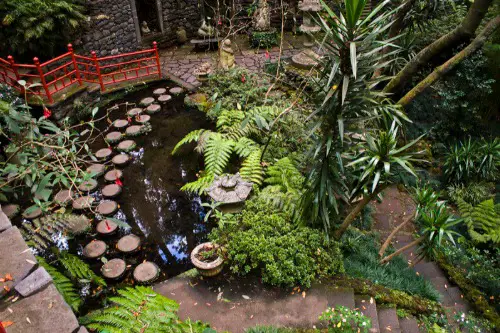
If you’ve spent years cultivating palms, hibiscus, or banana trees in a warm, humid climate like Florida, a move to a colder state is going to hit hard. These plants just aren’t built for frosts or snowy winters, and no amount of mulching can change that. You’ll end up watching them wilt or die off the first time temperatures drop below 40°F. It’s like moving a beach party to a ski lodge—it just doesn’t vibe.
Even if you try to transfer some to pots or greenhouses, the upkeep becomes a full-time job. What was once a lush paradise can quickly become a graveyard of frostbitten leaves. And let’s not forget: importing tropical species into colder states can cause invasive issues if not properly managed. So not only are they delicate, but they can also be problematic in the wrong ecosystem.
3. Rain Gardens
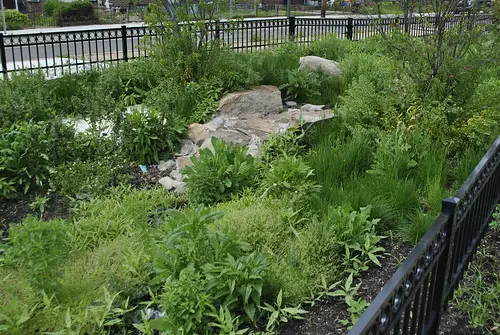
Rain gardens are genius in places with heavy rainfall—they help control runoff, recharge groundwater, and reduce erosion. But move them to a drier climate like Utah or West Texas, and they become expensive, thirsty flowerbeds. Without regular rain, they require irrigation to stay alive, which completely defeats their water-saving purpose. You’ll be pouring water into a design that was never meant to need it.
It’s one of those setups that works with nature—until you change nature. Plants selected for rain gardens, like blue flag iris or swamp milkweed, often can’t survive arid soil. And depending on local water restrictions, maintaining a rain garden could become both unsustainable and illegal. It’s a classic case of the right design in the wrong place.
4. Moss Lawns
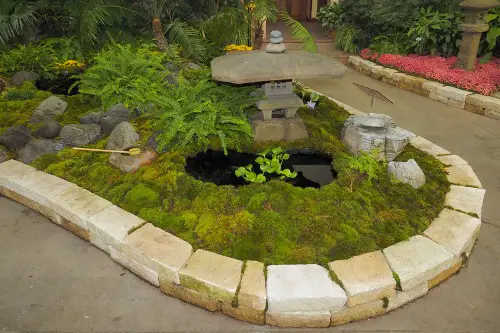
Moss lawns are a dreamy alternative to grass in shaded, wet climates like the Pacific Northwest. They thrive with little sunlight and love the cool, damp conditions. But try moving that moss carpet to a hot, sunny place like Texas or Southern California, and it’ll dry up faster than your last iced latte. Moss simply doesn’t do well without consistent moisture and cool temps.
Many people underestimate how specific moss’s needs really are. Even under heavy irrigation, it can’t handle dry air or long sunny stretches. If you fell in love with its soft, low-maintenance charm, you’ll be heartbroken watching it crisp into oblivion. It’s a high-reward, high-risk yard feature—climate makes or breaks it.
5. Buffalo Grass Lawns
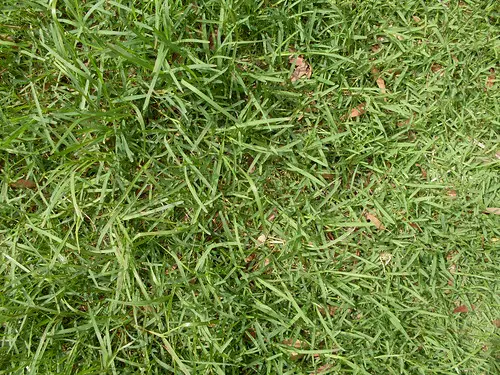
Buffalo grass is a native turf star in Great Plains states because it handles drought and heat like a champ. It’s ideal for places like Oklahoma and Kansas, where rain isn’t always reliable. But it really struggles in cooler or wetter environments—it’ll go dormant or get overrun by competing grasses. So, if you’re moving north or east, expect a patchy, underwhelming lawn.
Some homeowners try to baby it along, but honestly, it’s not worth the effort. It’s slow-growing and doesn’t respond well to being forced into a lush, green look. Plus, it’s just not adapted to high-nutrient, consistently moist soils. You’ll spend more time and money than you ever did before, and still end up disappointed.
6. Rock Mulch Beds
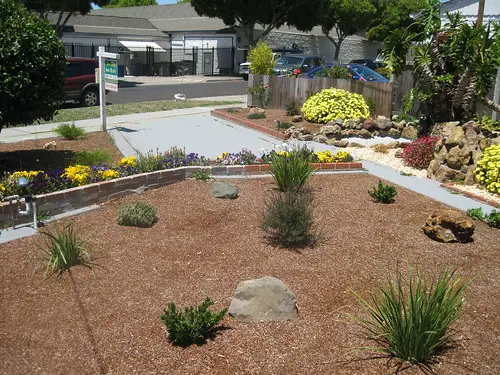
Rock mulch is a lifesaver in wildfire-prone or desert areas—it doesn’t decompose, attract pests, or need replacing every year. But if you move somewhere with lots of organic growth, like the Southeast, it turns into a maintenance headache. Leaves, pollen, and debris get trapped between the rocks, making cleanup a seasonal nightmare. And unlike bark mulch, it doesn’t feed your soil.
Many folks love the “clean” look of rock mulch until it becomes a leaf graveyard. You’ll spend your weekends with a leaf blower trying to make it presentable. Worse, in colder states, freeze-thaw cycles can make those rocks shift and sink. What was once smart and fire-safe becomes messy and out of place.
7. Artificial Turf
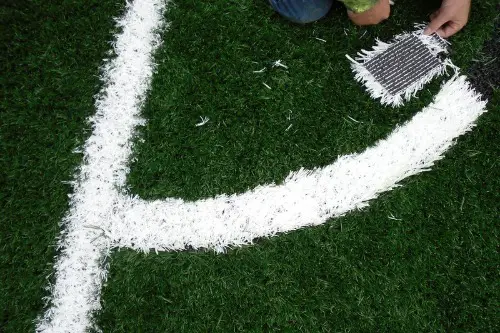
Artificial turf seems like a perfect solution to drought and mowing—especially in places like California or Nevada. But bring it to a rainy, humid state, and you’re asking for mold, mildew, and drainage issues. It can trap water underneath and create a breeding ground for bacteria or fungi. Plus, it gets hot—even hotter than asphalt under full sun.
Not to mention, some areas now regulate or ban it due to environmental concerns. It doesn’t support local biodiversity and can contribute to heat islands. In a cooler or greener climate, you might actually be penalized for installing it. What saved water in the Southwest could make you a landscaping pariah elsewhere.
8. Cactus Gardens
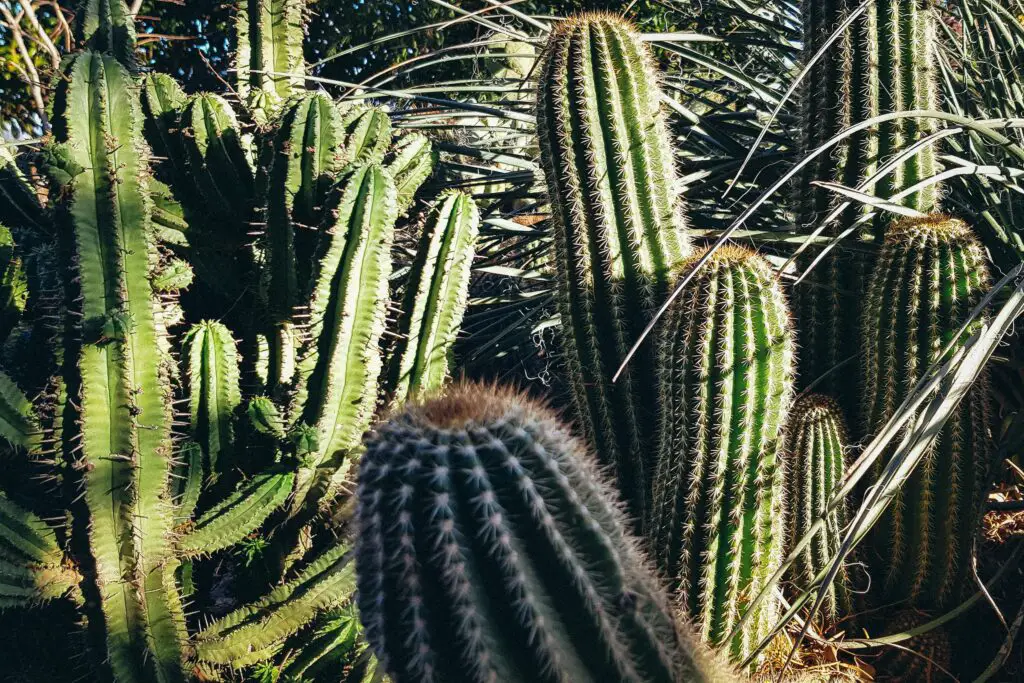
Cactus gardens are low-effort showstoppers in places like New Mexico and West Texas, where they bask in dry heat and sandy soil. But try moving them to a place with cold snaps or heavy rain, and they become soft, mushy liabilities. Many species just can’t handle wet roots or freezing temps. You’ll go from “desert chic” to “plant hospice” in one season.
Even if you bring some cacti indoors or into greenhouses, they may not get the full-spectrum light they need to thrive. And if you planted directly into native soil, transplanting is tricky—they don’t love being disturbed. The irony? You worked hard for a low-maintenance yard and now you’ve inherited a full-time salvage project. Not exactly a climate win.
9. Water Features

In hot climates, a water feature like a fountain or koi pond provides cooling effects and visual relief from dry surroundings. But in colder states, they can freeze, crack, and wreak havoc on pumps and liners. Winterizing them is expensive and doesn’t always work, especially if deep freezes catch you off guard. And let’s not forget the algae blooms in places with heavy seasonal rain.
What was once soothing can become a stressor. You’ll either have to drain and cover it every fall or shell out for heated systems. Local wildlife may also interfere in new regions—raccoons, for instance, love snacking on koi. It’s one of those luxuries that gets touchy real fast when climates change.
10. Mediterranean Herb Gardens

Rosemary, lavender, and thyme all flourish in dry, sunny areas with poor soil—just like they do in their native Mediterranean habitats. But move them to a damp, foggy place and they can suffer from root rot or mildew. These herbs actually hate too much TLC: rich soil and frequent rain are their enemies. Without lots of sun and airflow, they wither instead of thrive.
You’d be surprised how quickly your fragrant haven becomes a moldy mess. You might salvage some in raised beds or pots, but it’s a far cry from the breezy, in-ground beauty they had before. And replanting every year gets old—and pricey. A little climate shift is all it takes to undo that rustic charm.
11. Coastal Dune Landscaping
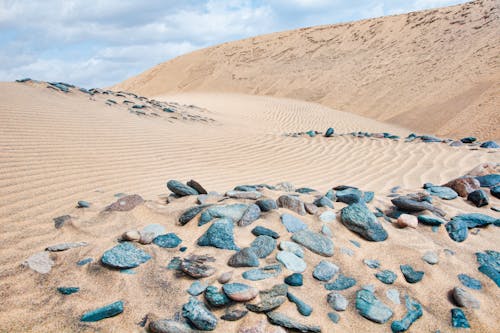
If you’ve designed your yard with dune grasses, salt-tolerant shrubs, and sandy soil drainage—common near oceans—you’re going to struggle inland. These plants evolved for salty air, strong winds, and fast-draining soils. Transplant them to heavy clay or non-saline soil and they’ll likely fail to establish. And inland pests and diseases may target them more aggressively.
Your once breezy, seaside aesthetic may also just look out of place in a forested or prairie environment. Landscapes are as much about visual harmony as plant health. What screamed “Cape Cod charm” near the coast might feel awkward and forced in a mountain or plains state. And that kind of dissonance is tough to fix.
12. Native Pollinator Meadows

A pollinator meadow designed for native bees and butterflies in, say, Minnesota is a totally different animal than one designed for Southern California. The plants, bloom cycles, and even soil types are deeply regional. Move states, and your carefully chosen species could become invasive—or die out entirely. What fed bees in one zone might do nothing for them elsewhere.
This isn’t just a cosmetic issue—it impacts local ecosystems. If you’re serious about supporting pollinators, you’ll need to start over with new native plants. That means research, time, and money—plus a waiting period for everything to establish. It’s a noble effort, but not one that travels well.
This post 12 Climate-Sensitive Yard Designs You’ll Regret if You Move States was first published on Greenhouse Black.
